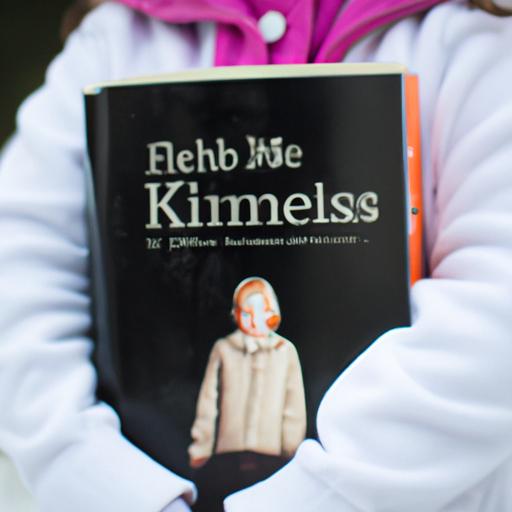Introduction
In the world of early childhood education, realistic literature plays a vital role in shaping young minds. But what exactly is realistic literature, and why is it so important? In this article, we will delve into the significance of realistic literature in early childhood education and explore its benefits. So, let’s embark on a journey to uncover the wonders of realistic literature!

A child engrossed in a realistic literature book that captivates their imagination.
Characteristics of Realistic Literature in Early Childhood Education
Realistic literature, as the name suggests, presents stories, themes, and settings that children can easily relate to. These stories revolve around everyday experiences, emotions, and challenges that children encounter in their daily lives. By offering relatable characters and age-appropriate language, realistic literature becomes a powerful tool for engaging young learners.
Incorporating realistic literature in early childhood education ensures that children encounter stories that reflect their own experiences and perspectives. It allows them to see themselves and their cultural backgrounds represented in the books they read. This diversity fosters empathy, understanding, and a sense of belonging among children from different backgrounds.
Benefits of Realistic Literature in Early Childhood Education
1. Encourages Empathy and Understanding
Realistic literature exposes children to different cultures, backgrounds, and experiences, promoting empathy and understanding. Through stories featuring diverse characters, children develop a broader worldview and learn to appreciate and respect differences. By identifying with characters who face similar challenges, children also gain insight into their own emotions and develop emotional intelligence.
2. Stimulates Imagination and Creativity
Realistic literature sparks the imagination of young readers, transporting them into different worlds and scenarios. As they encounter relatable characters and situations, children’s creativity flourishes. They begin to explore new ideas, think critically, and develop problem-solving skills. Through these imaginative journeys, children learn to think outside the box and come up with innovative solutions.
3. Enhances Language Development and Critical Thinking Skills
Through realistic literature, children are exposed to rich vocabulary, sentence structures, and language patterns. As they engage with these stories, their language skills naturally develop. The relatability of the content also encourages children to think critically and analyze situations, fostering their cognitive and analytical abilities.
4. Fosters Emotional Development and Self-Expression
Realistic literature provides children with opportunities to explore and express their emotions. By reading stories that tackle various emotions and challenges, children learn to identify and manage their own feelings. They gain a sense of self-awareness and develop the ability to communicate their emotions effectively. This emotional development is crucial for building resilience and forming healthy relationships.
Strategies for Integrating Realistic Literature in Early Childhood Education
Now that we understand the benefits of realistic literature, let’s explore some strategies for effectively integrating it into early childhood education:
1. Selecting Appropriate Realistic Literature
When choosing realistic literature for young children, it is essential to consider their age, interests, and developmental stage. Look for books that capture their attention and align with their experiences. Ensure that the language and content are age-appropriate, allowing children to grasp the concepts easily.
2. Incorporating Realistic Literature into Lesson Plans and Activities
Integrate realistic literature into lesson plans and activities that complement the curriculum. Use the stories as a springboard for discussions and activities that encourage critical thinking and problem-solving. For example, after reading a story about friendship, engage children in a group activity where they create their own definition of friendship and discuss its importance.
3. Engaging Children through Interactive Read-Aloud Sessions
Reading aloud is a powerful way to engage children with realistic literature. Make the experience interactive by asking open-ended questions during the reading, encouraging children to share their thoughts and feelings about the story. This not only enhances their comprehension but also promotes active participation and critical thinking.
4. Promoting Further Exploration and Discussion
After reading a realistic literature book, provide opportunities for further exploration and discussion. Encourage children to express their opinions, ask questions, and share personal experiences related to the story. This fosters a sense of community and allows children to learn from one another’s perspectives.
Conclusion
Realistic literature in early childhood education offers a rich and engaging platform for children to explore the world around them. By incorporating relatable characters, diverse perspectives, and age-appropriate language, realistic literature enhances language development, critical thinking skills, empathy, and emotional intelligence. So, let’s embrace the power of realistic literature and provide our young learners with a world of imagination, understanding, and self-expression.
What are you waiting for? Let the magic of realistic literature unfold in your early childhood education journey!